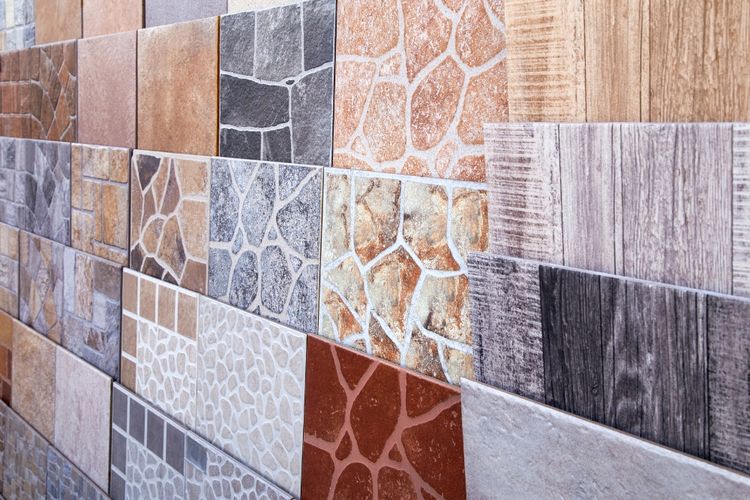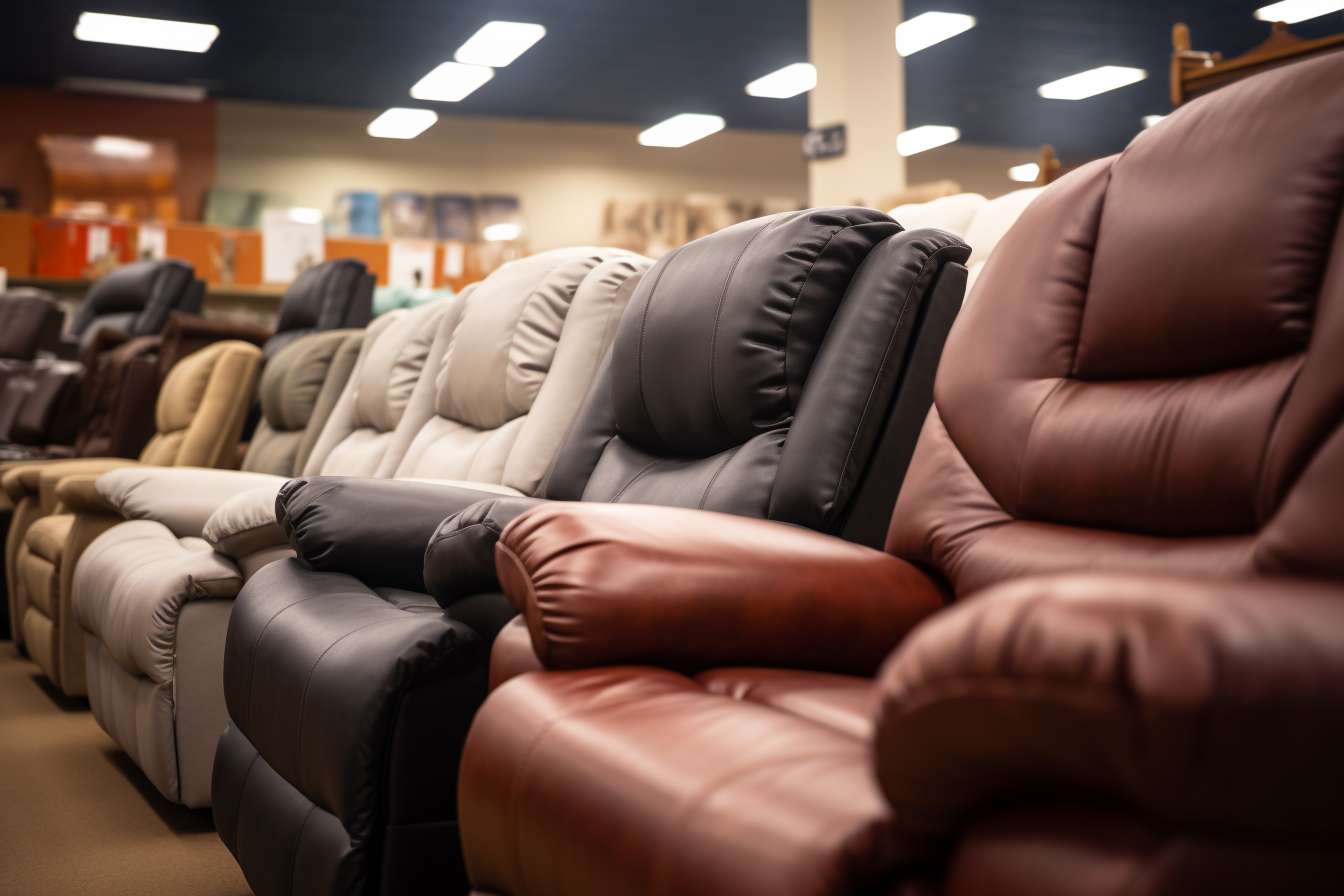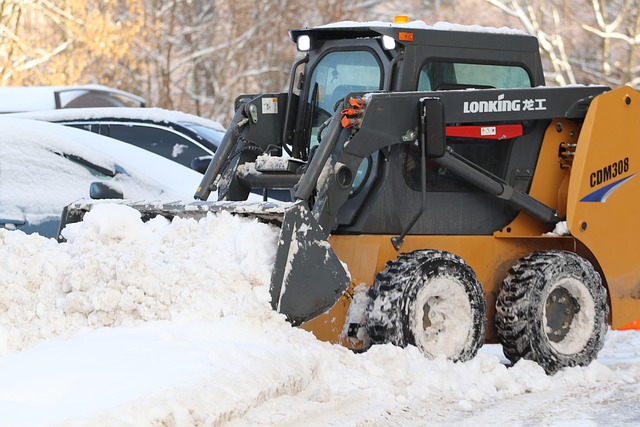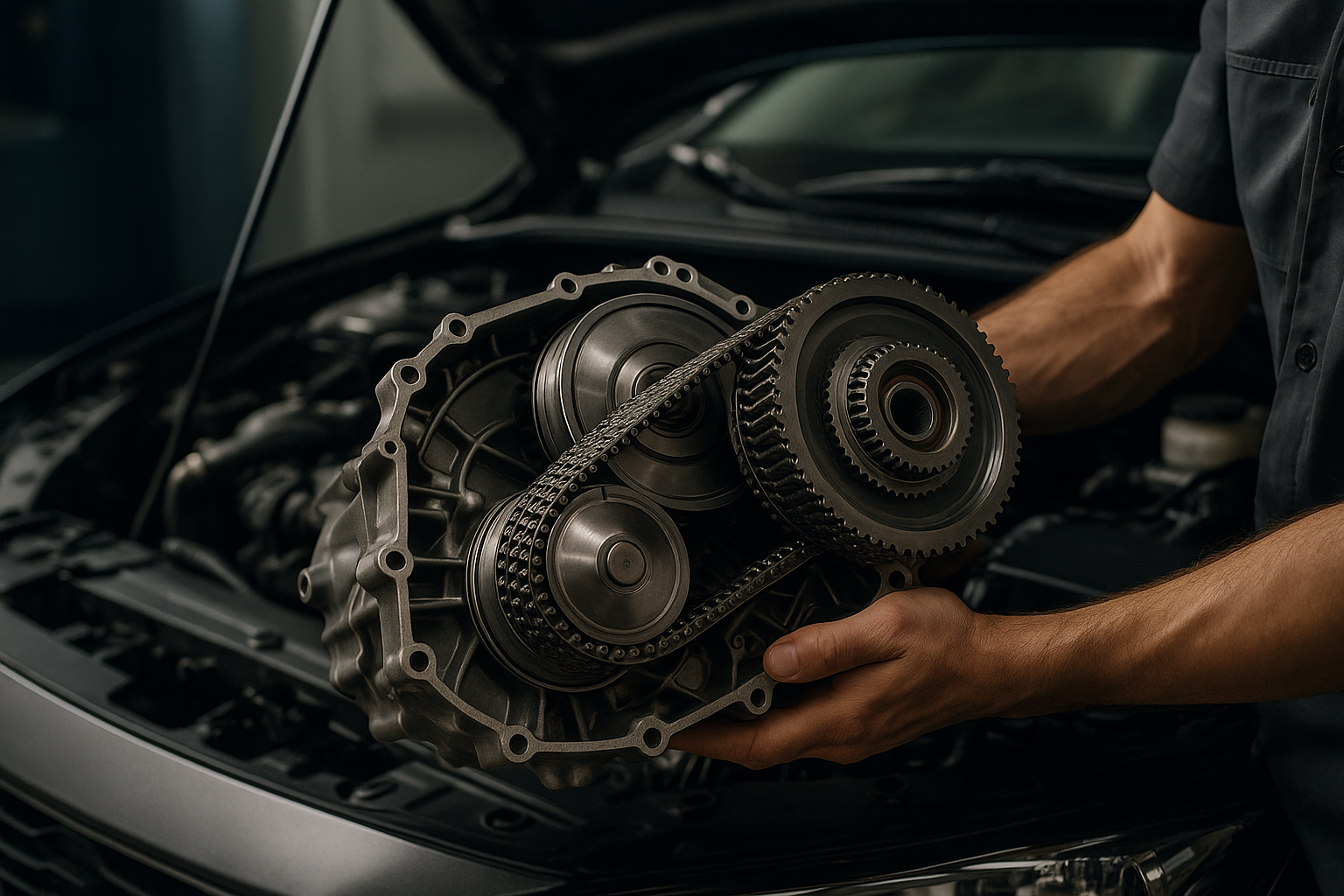Explore Peel and Stick Stone Siding: A Comprehensive Guide to Transforming Your Space
Peel and stick stone wall panels have revolutionized home renovation projects by offering an affordable, DIY-friendly alternative to traditional stone installation. These innovative panels combine realistic stone textures with adhesive backing, allowing homeowners to achieve stunning stone aesthetics without the complexity, weight, or expense of real stone masonry. Whether you're looking to create an accent wall, upgrade your kitchen backsplash, or transform an entire room, peel and stick stone panels provide versatility and visual impact that can dramatically enhance your living space.

Where Are Peel and Stick Stone Wall Panels Commonly Used?
Peel and stick stone wall panels find their way into numerous home improvement projects due to their versatility and ease of installation. Kitchen backsplashes represent one of the most popular applications, where these panels create stunning focal points behind stoves and sinks while providing easy-to-clean surfaces. Living room accent walls benefit tremendously from stone panel installation, adding texture and visual interest that complements both modern and traditional décor styles.
Bathroom applications are increasingly common, particularly in shower surrounds and vanity areas where moisture resistance is crucial. Many homeowners choose these panels for basement finishing projects, transforming cold concrete walls into warm, inviting spaces. Fireplace surrounds also present excellent opportunities for stone panel installation, creating cozy focal points without the structural requirements of real stone. Commercial spaces, including restaurants and retail establishments, frequently use these panels to achieve upscale appearances while maintaining budget-conscious renovation approaches.
What Should You Know About Installing These Panels on Different Surfaces?
Installation success depends heavily on proper surface preparation and understanding substrate compatibility. Clean, smooth, and dry surfaces provide the best foundation for adhesive bonding. Drywall represents the ideal installation surface, requiring only basic cleaning and minor imperfection repair before panel application. Painted walls need thorough cleaning to remove dirt, grease, and loose paint that could compromise adhesion.
Textured surfaces often require additional preparation, including sanding or skim coating to create uniform contact points. Concrete and masonry surfaces should be sealed and primed to prevent moisture issues and ensure proper bonding. Metal surfaces need special primers designed for adhesive compatibility. Temperature and humidity conditions during installation significantly impact adhesive performance, with moderate temperatures and low humidity providing optimal conditions.
Professional installers recommend starting installations from the center of the wall and working outward to maintain symmetrical appearances. Proper cutting techniques using sharp utility knives or specialized cutting tools ensure clean edges and professional-looking results. Seaming and overlapping require careful attention to maintain consistent patterns and prevent visible joints.
How Do These Panels Compare to Traditional Stone or Tile Options?
Weight differences represent the most significant advantage of peel and stick panels over traditional materials. Real stone requires substantial structural support and professional installation, while peel and stick panels add minimal weight to existing walls. Installation time varies dramatically, with traditional stone projects taking days or weeks compared to hours for peel and stick alternatives.
Cost considerations favor peel and stick panels significantly, eliminating expensive materials, specialized tools, and professional labor requirements. Maintenance requirements also differ substantially, with traditional stone requiring periodic sealing and specialized cleaning products, while peel and stick panels need only basic cleaning with standard household cleaners.
Durability comparisons reveal trade-offs between convenience and longevity. High-quality stone installations can last decades with proper maintenance, while peel and stick panels typically provide 5-10 years of attractive service depending on environmental conditions and usage patterns. Heat resistance varies between products, with some panels suitable for backsplash applications while others require distance from heat sources.
What Are Key Considerations Before Choosing Stone Panels?
Environmental conditions in installation areas significantly impact product selection and performance expectations. High-moisture environments require panels specifically designed for bathroom and kitchen applications with enhanced moisture resistance. Temperature fluctuations can affect adhesive performance, making climate-controlled environments more suitable for long-term installations.
Surface condition assessment determines whether additional preparation work is necessary before installation. Severely damaged or uneven walls may require repair or leveling to achieve professional results. Existing wall treatments, including wallpaper or multiple paint layers, might need removal to ensure proper adhesion.
Pattern selection and room layout planning prevent costly mistakes and material waste. Measuring accurately and accounting for cuts around outlets, switches, and fixtures ensures adequate material ordering. Color coordination with existing décor elements helps create cohesive design schemes that enhance rather than clash with current furnishings.
Future renovation plans should influence material choices, as peel and stick panels offer temporary solutions that can be removed more easily than permanent installations. Budget considerations extend beyond initial material costs to include tools, preparation materials, and potential professional assistance for complex installations.
Cost Comparison: Peel and Stick vs Other Wall Treatments
Understanding cost differences helps homeowners make informed decisions about wall treatment options. The following comparison reflects typical pricing for materials and installation across different wall covering solutions.
| Wall Treatment Type | Material Cost per Sq Ft | Installation Cost | Total Estimated Cost | Durability |
|---|---|---|---|---|
| Peel & Stick Stone Panels | $2-8 | DIY-friendly | $2-8 per sq ft | 5-10 years |
| Traditional Stone Veneer | $6-15 | $10-20 per sq ft | $16-35 per sq ft | 20+ years |
| Ceramic Tile | $3-12 | $8-15 per sq ft | $11-27 per sq ft | 15-20 years |
| Paint | $0.50-2 | $2-4 per sq ft | $2.50-6 per sq ft | 3-7 years |
| Wallpaper | $1-8 | $3-8 per sq ft | $4-16 per sq ft | 5-15 years |
Prices, rates, or cost estimates mentioned in this article are based on the latest available information but may change over time. Independent research is advised before making financial decisions.
Long-term Performance and Maintenance Requirements
Maintenance expectations differ significantly between peel and stick panels and traditional materials. Regular cleaning with mild detergents maintains appearance and prevents buildup of dirt and grease. Edge monitoring helps identify potential lifting or separation issues before they become major problems requiring panel replacement.
Environmental factors including humidity, temperature changes, and direct sunlight exposure can affect panel longevity. Proper ventilation in installation areas helps prevent moisture-related adhesive failure. Avoiding harsh chemicals and abrasive cleaning methods preserves panel surfaces and extends useful life.
Replacement procedures for damaged panels are generally straightforward, requiring careful removal of affected sections and installation of matching replacement pieces. Keeping extra panels from original purchases ensures color and pattern matching for future repairs.
Peel and stick stone panels represent an excellent middle ground between expensive traditional stone installation and basic paint or wallpaper options. Their combination of realistic appearance, manageable installation requirements, and reasonable costs makes them attractive solutions for many home improvement projects. Success depends on proper planning, surface preparation, and realistic expectations about performance and longevity compared to permanent materials.




